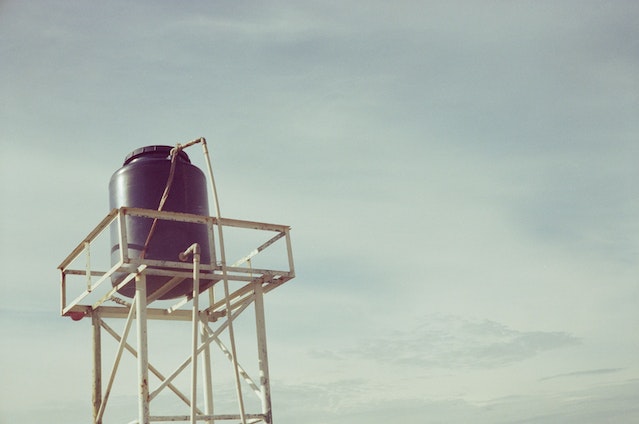Water is a precious resource, and having a reliable water storage system is crucial for both residential and commercial properties. In areas where water shortages or restrictions are common, having a water tank is not just a luxury, but a necessity. Water tanks come in different shapes, sizes, and materials, and choosing the right one for your needs can be overwhelming. In this guide, we’ll cover everything you need to know about water tanks, from selecting the right type to proper installation and maintenance.

Types of Water Tanks
There are various types of water tanks, each with its own advantages and disadvantages. Some of the most common types are:
- Plastic water tanks: These tanks are lightweight, easy to install, and affordable. They come in different sizes and shapes, including slimline tanks that are ideal for narrow spaces.
- Steel water tanks: Steel tanks are durable and can withstand harsh weather conditions. They’re available in different shapes, including round and corrugated, and can be painted to match your property’s color scheme.
- Concrete water tanks: Concrete tanks are strong and long-lasting, but they can be expensive and require professional installation. They’re ideal for underground or partially buried installations.
Sizing Your Water Tank
Choosing the right size of water tank is crucial to ensure you have enough water for your needs. Factors that affect tank size include:
- The number of people in your household or business
- The average daily water usage
- The size of your property
- The amount of rainfall in your area
A rule of thumb is to choose a tank that can hold at least two days’ worth of water usage. This will give you a buffer in case of water shortages or system failures.
Installing Your Water Tank
Proper installation is essential to ensure your water tank works effectively and efficiently. Some tips for installation include:
- Choosing a suitable location: Your water tank should be placed on a level and stable base, away from trees or other obstructions that may damage the tank or interfere with access.
- Connecting to your plumbing: Your tank should be connected to your property’s plumbing system, either through a gravity-fed system or a pump system. Make sure your connections are watertight and comply with local plumbing codes.
- Maintaining access: Your water tank should have an access point for cleaning, inspection, and maintenance. Make sure the access point is easy to reach and secure.
Maintaining Your Water Tank
Regular maintenance is crucial to ensure your water tank remains in good condition and provides safe, clean water. Some tips for maintenance include:
- Regular cleaning: Your tank should be cleaned at least once a year to remove debris, sediment, and bacteria buildup. Use a non-toxic cleaning solution and rinse thoroughly.
- Checking for leaks: Inspect your tank regularly for signs of leaks or damage, such as cracks, rust, or discoloration. Repair any issues promptly to prevent further damage.
- Monitoring water quality: Test your water regularly for pH, chlorine, and bacteria levels. If you notice any abnormalities, contact a water treatment professional to assess the problem.
Conclusion:
Water tanks are a vital component of any water storage system. Choosing the right type, size, and installation method, as well as properly maintaining your tank, can ensure you have a reliable source of clean water for your household or business. Consider consulting with a professional plumber or water storage expert to help you make the best decision for your needs.













